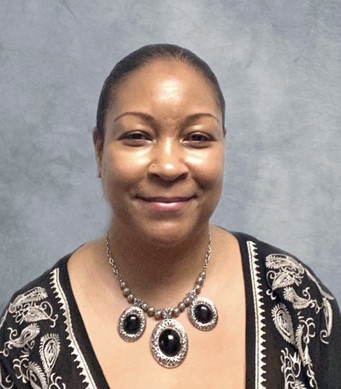
But I do know some people who are especially knowledgeable). But I’ve never been to the Caribbean nor worked in a tropical area, so diseases specific to the tropics don’t stick in my head so well. Being fascinated by this syndrome and Japanese, I’ve read a lot about it and seen some cases. (For example, there is one case of Takotsubo cardiomyopathy. There’s also the good luck element – if you’ve seen one of these rare cases before, you are much more likely to spot it based on experience. No one person knows everything, so discussion with colleagues and contacts is highly important. Alternative diagnoses are explored and finally, the patient is diagnosed and treated.Īs well as listening to the patient, teamwork and collaboration between doctors and specialties is also a strong theme. It’s very well done in that the reader can try to work out the neatly summarised problem.


Imaging and examination results are mentioned. Their past medical history and previous tests are laid out. Each case is laid out as if the patient is in the hospital, presenting their symptoms. Reading each section demonstrates the variety of diseases and diagnoses that can come from a similar symptom. The book is divided into sections, depending on the patient’s predominant symptom (e.g. – and we all know and parrot his line, ‘all patients lie’). (I did find this interesting given that Lisa was an adviser and inspiration for House M.D. Like any good mystery, the evidence is often there and can sometimes be solved. The overarching message is to listen to the patient and what they tell you. It’s a fascinating look into how a diagnosis and differential diagnoses are made based on symptoms, test results and what the patient says. But it shows that when you put a group of minds together, they can achieve great things.ĭiagnosis is a collation on Lisa Sanders’ columns in The New York Times discussing rare, strange and missed diagnoses. Sometimes, the patient was able to find a diagnosis in the crowd of suggestions.

The story and video were then published on The New York Times‘ website with the world offering their thoughts on possible diagnoses. Each episode told the story of a person who was unable to get a diagnosis of what was wrong with them. That show was Diagnosis, which was a reality TV show but not in the way you are likely thinking. In 2019, shortly after getting an internet connection that could handle Netflix, I discovered a great new show. Publisher: Broadway Books (Penguin Random House) Why I chose it: Really, really enjoyed the Netflix series.

The not-so-good: I didn’t guess others, proving no one person can know it all. The good: I guessed some of the conditions! In brief: Columns from The New York Times about puzzling presentations in medicine that make a diagnosis difficult.


 0 kommentar(er)
0 kommentar(er)
